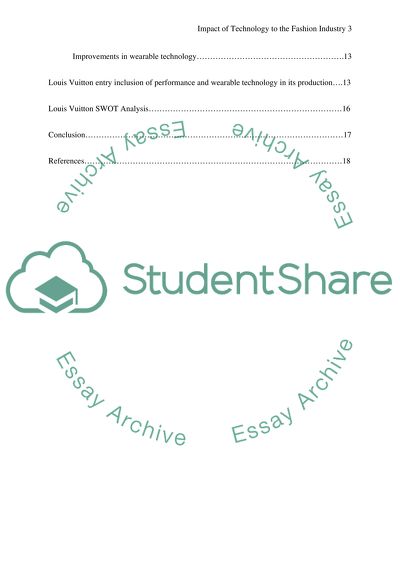Cite this document
(“How technology impact to fashion & life style industry Essay”, n.d.)
How technology impact to fashion & life style industry Essay. Retrieved from https://studentshare.org/information-technology/1661013-how-technology-impact-to-fashion-life-style-industry
How technology impact to fashion & life style industry Essay. Retrieved from https://studentshare.org/information-technology/1661013-how-technology-impact-to-fashion-life-style-industry
(How Technology Impact to Fashion & Life Style Industry Essay)
How Technology Impact to Fashion & Life Style Industry Essay. https://studentshare.org/information-technology/1661013-how-technology-impact-to-fashion-life-style-industry.
How Technology Impact to Fashion & Life Style Industry Essay. https://studentshare.org/information-technology/1661013-how-technology-impact-to-fashion-life-style-industry.
“How Technology Impact to Fashion & Life Style Industry Essay”, n.d. https://studentshare.org/information-technology/1661013-how-technology-impact-to-fashion-life-style-industry.


